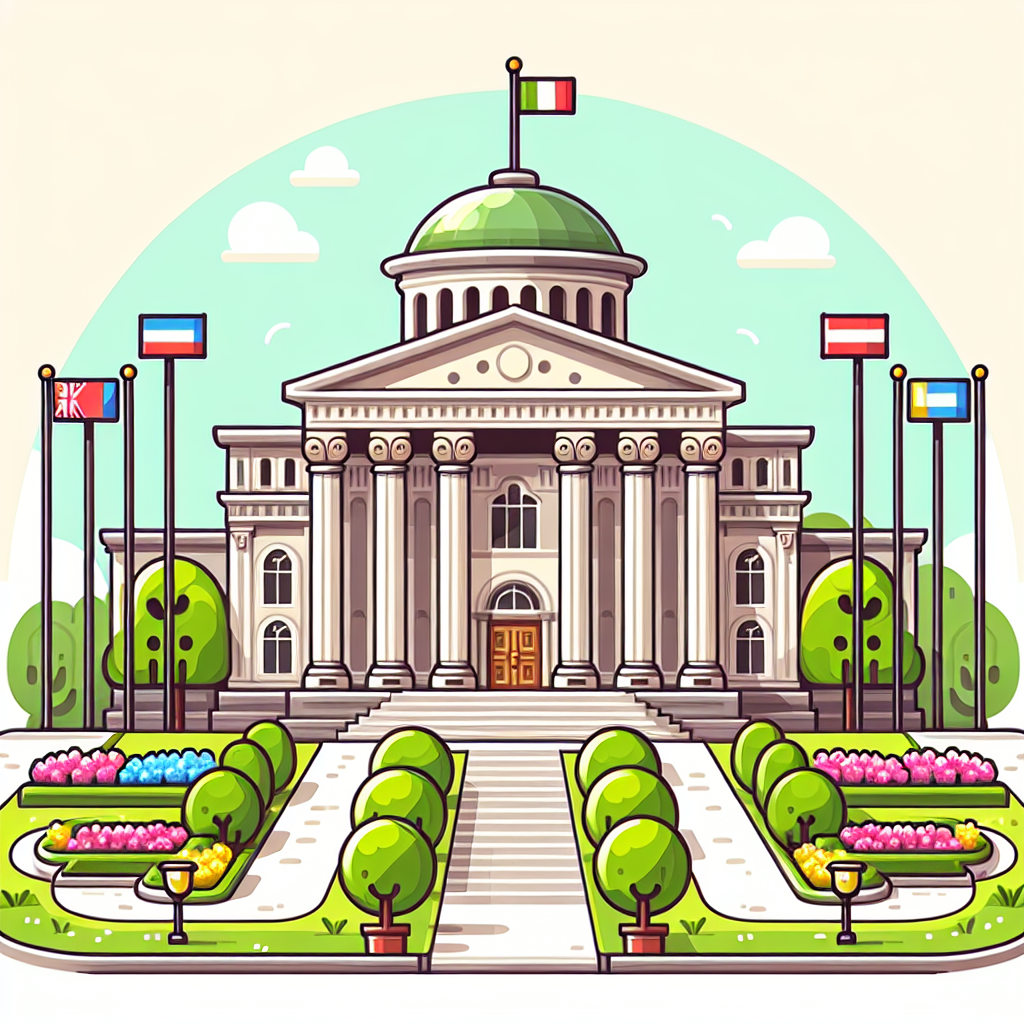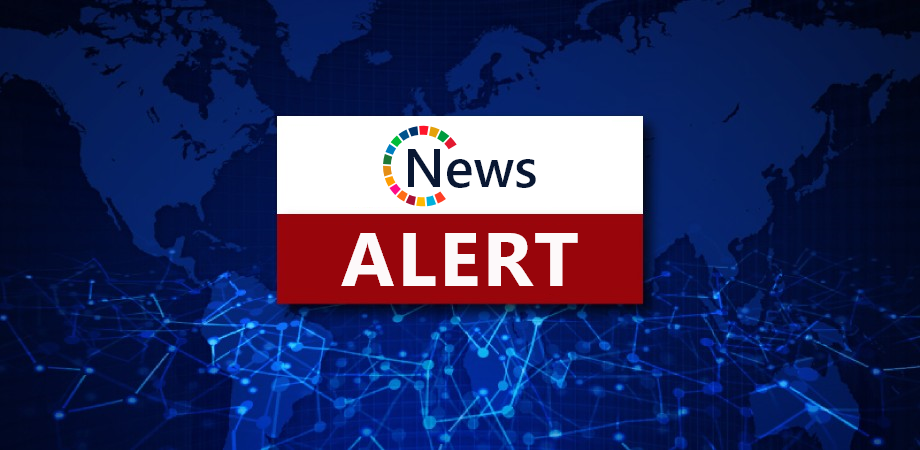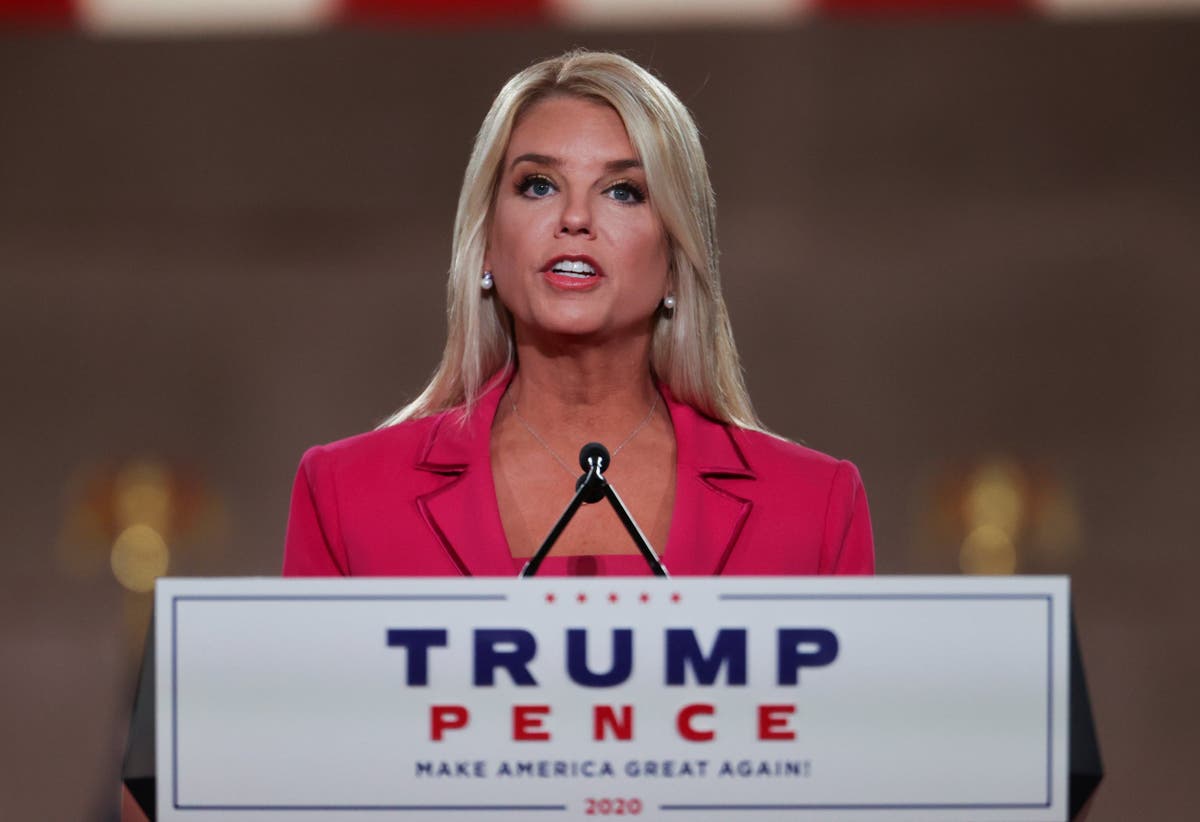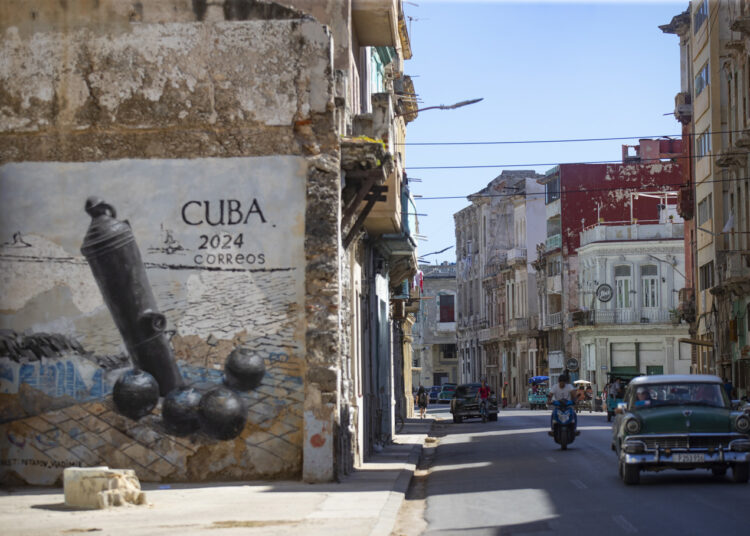
OTTAWA — President-elect ’s victory Tuesday paves the way for an agenda which could cost Canada billions, including demands for higher defence spending and steep new tariffs on every shipment into the U.S. Trump will return to the White House in January after beating Vice-President Kamala Harris in a closely fought election.
He is promising tariffs of at least 10 per cent, potentially as much as 20 per cent, on all goods entering America. He has also demanded that NATO countries, like Canada, boost defence spending. Flavio Volpe, president of the Automotive Parts Manufacturers’ Association, said Canada has to take the threat seriously.
“We learned in 2016 to 2020 to take his tariff threats at face value. If he says he is going to do it, he is going to do it,” Volpe said. Canada does approximately $3.
5 billion in trade with the U.S. every day, which could mean millions in tariffs charged to Canadian companies.
Volpe said the U.S. has concerns about Canada’s digital services tax and about access Chinese companies have to the Canadian market, but overall, it is a good trade relationship.
He said he expects most tariffs on Canada would be short-lived because they would only hurt American consumers. Canadian Chamber of Commerce president Candace Laing implored the Liberal government to do everything it can to ensure the tariffs don’t come to pass. “Canada’s government must collaborate effectively with the Trump administration to preserve and strengthen our bilateral economic partnership,” Laing said in a written statement.
“By resisting tariffs and trade barriers that will only raise prices and hurt consumers in both countries, Canada and the United States can strengthen resilient cross-border supply chains that enhance our shared economic security.” The chamber commissioned University of Calgary economist Trevor Tombe to study Trump’s proposed tariffs. He found they could result in up to a five per cent drop in Canada’s GDP and reduce Canadians’ income by $1,100 a year on average, while also hurting Americans in the process.
On Parliament Hill Wednesday, government ministers seemed to downplay the threat. Trade Minister Mary Ng congratulated Trump and said she was eager to work with the new administration. “We look forward to working with them, to make sure that this really important trade relationship between Canada and the United States continues to be strong,” Ng said.
Industry Minister François-Philippe Champagne said the government is prepared to deal with the new administration, and learned from trade negotiations that took place when Trump was previously in power. “The good thing for Canadians is, we’re ready. I was already texting folks in the United States and they’re responding,” he said.
“Many of us served during the former Trump administration, but I think now we move from just being the friendly neighbour of the North to a strategic partner.” Finance Minister Chrystia Freeland noted that the current trade deal between Canada and the U.S.
is one Trump negotiated. She said beyond relationships and past associations, Canada offers the U.S.
a better deal on trade than most other countries. “At the end of the day, the reason that we were successful in getting a win-win outcome in the NAFTA negotiations was because the Canada-U.S.
economic relationship is beneficial to both parties,” Freeland said. “We build things together and Canadian workers do not undercut U.S.
workers. We have similar labour and environmental standards and we are both high-wage countries.” At Queen’s Park, Premier Doug Ford said he conferred with Freeland on Tuesday night about the spectre of Trump’s tariffs.
“I had a conversation last night with Minister Freeland and we’re united. We’re united with the federal government and we’re going to be united with all the premiers and we’ll get this done, but I’m very confident things will work out,” Ford told reporters Wednesday. The premier noted that when Trump slapped tariffs on some Canadian products in 2019, Canada retaliated.
“We did it last time. They put tariffs on our steel. Didn’t last too long, because — when I talked to Chrystia (at the time and I) went down there, talked to (Trump’s then trade representative Robert) Lighthizer and I went back and said, ‘Tariff everything.
’ That doesn’t work. It doesn’t work for either country — I think they realized that. They pulled the tariffs off extremely quickly after we did this,” said Ford.
Asked if he was concerned about the impact of a second Trump presidency on Canada’s electric vehicle strategy, the premier said “I believe the market will dictate” demand for such cars and trucks and their batteries. Trump’s policies could save the government money in one respect. He has speculated about cancelling subsidies for electric vehicle production.
The Biden administration brought in massive subsidies for EV production. Canada and Ontario matched those production subsidies to lure Volkswagen to London, Ont., which could cost $13 billion.
It offered the same deal to Stellantis for its Windsor, Ont. plant at a cost of potentially $15 billion. Both of those deals included provisions that Canada would not pay out the subsidies if the U.
S. cancelled its subsidies. Economic Development Minister Vic Fedeli said the world’s automakers will be “watching closely” but Ontario could benefit, citing the province’s deal last April to land $15 billion in investment from Honda for four new factories without that specific type of incentive.
“That was a pretty clear signal that we’re just the right place to be for some of these manufacturers,” added Fedeli. Fedeli said provincial officials will be heading to Washington again in the coming months to continue their “charm offensive” by reminding U.S.
policymakers that nine million Americans make products shipped to Ontario. In addition to potentially denting Canada’s economy with tariffs, Trump is also likely to lean on Canada to spend more on defence. He has argued all NATO countries need to meet the alliance’s target of two per cent of GDP on military spending.
Without specific details, the government has said it will reach that target by 2032. Its forecast spending to 2030 would get Canada to 1.7 per cent of GDP.
But the Parliamentary Budget Officer has recently found those numbers are misleading, because the government was predicting a very low growth scenario for Canada. The PBO found Canada would only be at 1.58 per cent by 2030 and would need to be spending nearly $82 billion by 2032, twice what Canada spends now, to meet the NATO target.
Defence Minister Bill Blair insisted Canada will meet the NATO target. “We’re investing significantly in our defence capabilities. We’ve made a commitment to .
.. all of our NATO allies, including the United States, that we have a plan to get there, and we’re going to work really hard.
”.














